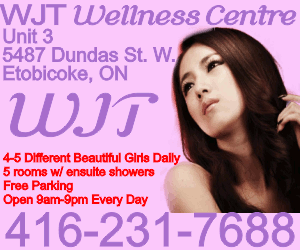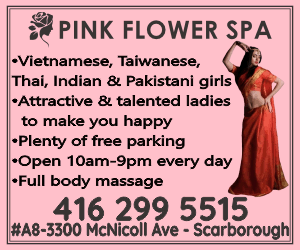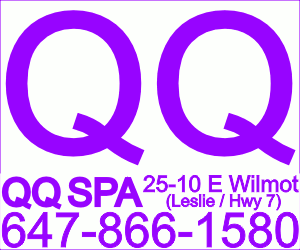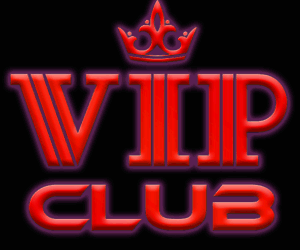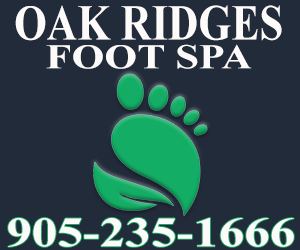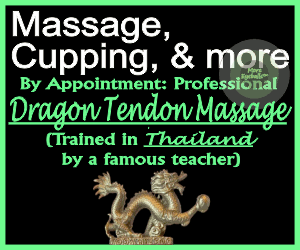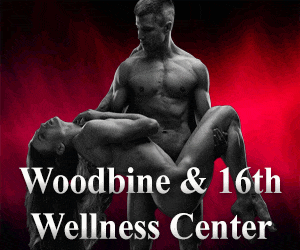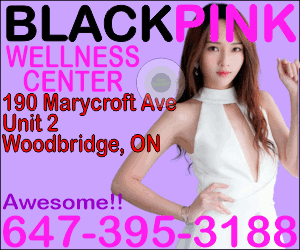
An East Coast nonprofit offers massage to cancer patients in their homes
Cancer has become depressingly common in the United States; according to the National Cancer Institute, nearly 40% of men and women will be diagnosed with cancer sometime in their lives, and choose to undergo chemotherapy, radiation and other treatment options that can cause a great deal of stress and pain.
That’s where a program like the Hand to Heart Project comes in, offering relaxing, supportive massage therapy to cancer patients and their caregivers—all free of charge.
Currently, the program serves about 35 towns in New Hampshire and Vermont, and demand for services has been steady except for a lull during the height of the pandemic, Steve Gordon, LMT, the program’s founder and executive director, told MASSAGE Magazine.
Clients are referred to the program by their nurses, doctors, social workers or community organizations, and receive massage therapy in the comfort of their homes. The program is supported entirely by grants, donations and occasional fund-raising events.
How It Started
Gordon founded the Hand to Heart Project in 2007, but his interest in massaging cancer patients dates back to 1999, when he started massage therapy school. “I had three people in my circle of awareness diagnosed with cancer … I ended up doing a fair amount of massage with them, even when I was still in school, and it pulled my interest in that direction.”
At that point, Gordon connected with Dartmouth-Hitchcock Medical Center in Lebanon, New Hampshire, and started doing massage therapy there one afternoon a week, mainly in the oncology unit, but also branching out into the intensive care, cardiac, pediatric and psychiatric units.
Over the years, he said many patients told him they slept better and had less pain after their massage sessions. “It occurred to me that it would be really nice to be able to offer that to people when they were at home recovering from treatment, or if they were going home to die,” he said.
Beyond Oncology Massage
Massage therapists employed by Hand to Heart, Gordon says, aren’t necessarily doing what is formally taught as “oncology massage” for these clients; the sessions are highly customized for the needs of each client, which can evolve and change during the course of cancer treatment. That means taking an individualized approach to each session, always remembering that clients may be going through a lot of tough emotions in addition to physical pain.
“When somebody is going through a major life-threatening illness, there’s the course of the disease, and there’s the experience of the disease. What we do with Hand to Heart, what I do when I’m seeing a patient, I’m certainly not going to lay any claim to changing the course of the disease. … But I do believe that it has the great potential to affect the experience of it. So no matter what the outcome, if you can experience it with less fear and anxiety and discomfort, that’s a pretty wonderful thing.”
Sometimes the therapist’s caring presence and willingness to listen can be enough to help a client feel better, even if massage therapy itself takes a minor role. “Very often, I think the greater benefit of what we do isn’t from what we do with our hands,” Gordon noted. “It’s just from being there, from being willing to sit with somebody, during a really awful trial.”
“The Hand to Heart Program was a complete game changer for me while going through treatment for breast cancer,” said Janette Coombs, a long-time Hand to Heart client. “For that one hour I forget about the battle and just let go of the emotions to focus on me. Steve is a healer on many levels. I am battling breast cancer currently for the second time in three years and my time having these massages really helps me reset for the next treatment, which is usually the following week. I can’t recommend this amazing program enough!”
Benefits for Caregivers
Caregivers for cancer patients also qualify to enjoy the benefits of Hand to Heart’s work, and usually appreciate it as much as the patients themselves, Gordon said.
Caregivers “often just give themselves over to doing almost nothing but taking care of the person, spouse, or parent or child … and it’s physically and emotionally exhausting. It’s scary; it’s just a tremendous burden,” Gordon said. “What we can do is give them a respite from that, a chance to just lie still, or sit still, and have somebody just provide some comfort.”
Getting Involved
Working with cancer patients isn’t for everyone, Gordon noted. The therapists he brings into the program have to approach their work with the understanding that “fixing” the clients isn’t possible, that most of what they are doing is intended to provide comfort.
“It’s not about what we do with our hands; it’s how we are with them when we’re there,” he said. “I need people who really get that, who understand that it’s not about going in there and loosening up tight traps.”
If you are interested in working with clients with cancer and you live in the area, you may want to contact Hand to Heart. “One of the things that’s happened with us in the last couple of years is we have received some significant funding. Our program is growing,” Gordon said. “A year ago, we were serving about 23 or four towns, with maybe five massage therapists, [and] within a couple of months, I think we could be serving 70 towns with a dozen massage therapists.”
Allison M. Payne is a freelance writer and editor based in central Florida. Her recent articles for MASSAGE Magazine include “Claim Your Google My Business Page to Get Free Publicity for Your Practice (March) and “How One Massage Therapist is Touching the Lives of Women of Color & Their Babies” (massagemag.com).
Related Posts























